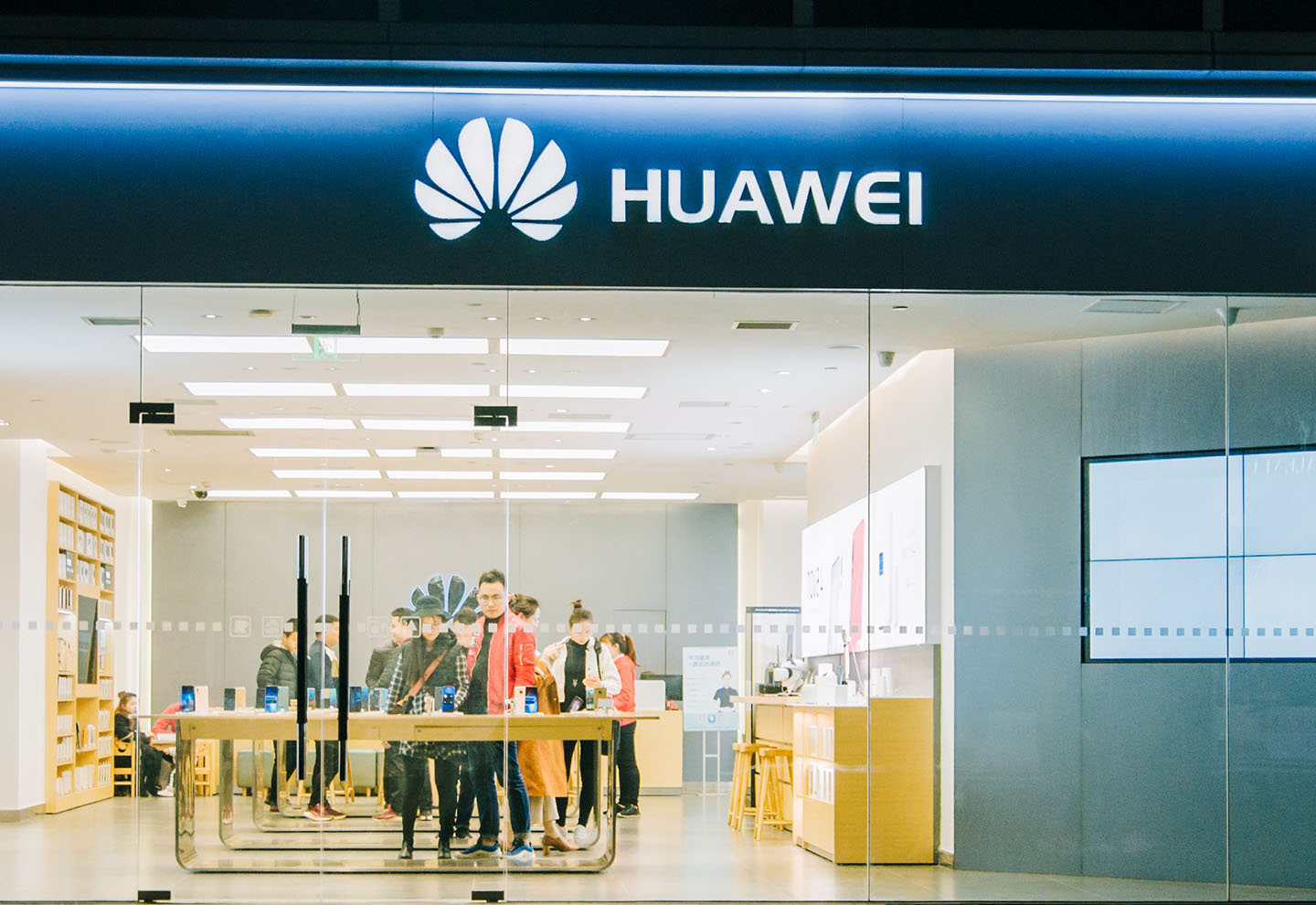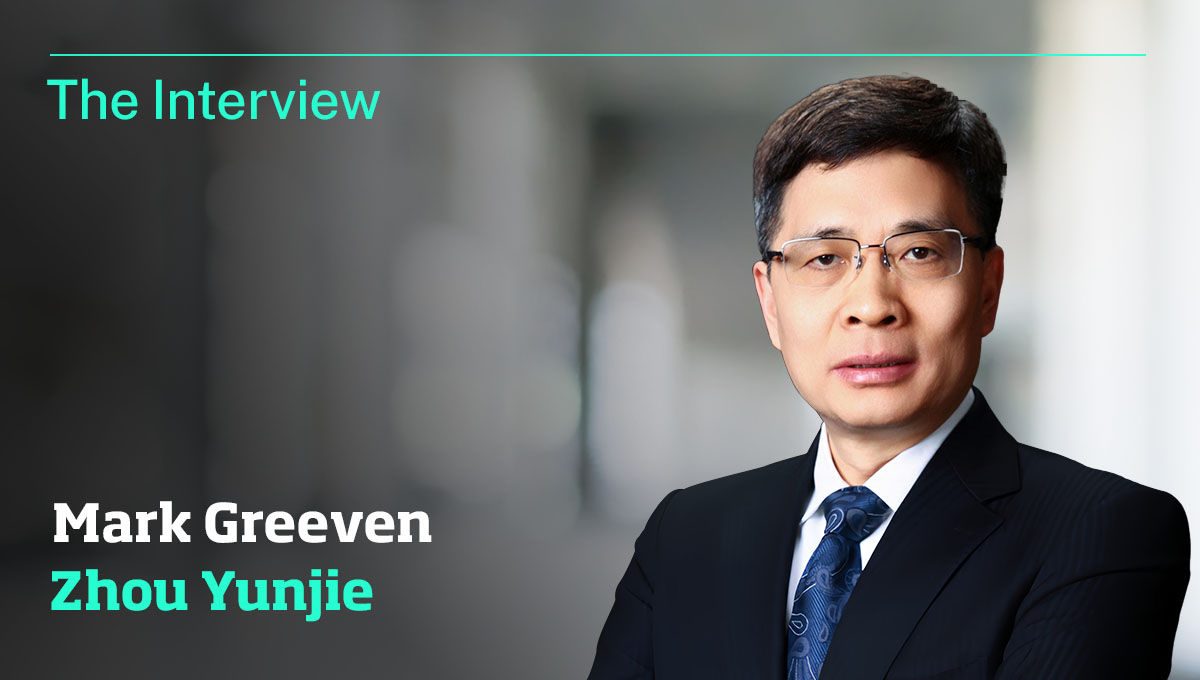
Huawei: fears in the West are misplaced and could backfire in the long run
Western fears of Chinese telecoms giant Huawei infiltrating their technological infrastructure are rooted in fears of China’s rise. Three of the “Five Eyes Network” of English-speaking states that share intelligence – the US, Australia and New Zealand – have blocked their local firms from using Huawei tech in building their 5G networks. The UK and Canada are under pressure to follow suit.
But a lot of these fears are misplaced and cutting Huawei out of the picture could backfire in the long run. Not only would it limit Western access to new, state-of-the-art technology, it could create a world split along technological lines.
Depending on who you talk to, you’ll get vastly differing portrayals of Huawei. Many of the concerns are based on the idea that the company is in bed with the Chinese government and point to founder, Ren Zhengfei’s background as a People’s Liberation Army engineer. Yet Ren only owns about 1.4% of the company’s stock – the rest is owned by more than 80,000 of Huawei’s employees and it is a private company, not a state-owned enterprise.
Some say Huawei has committed systematic intellectual theft. Yet its rivals Nokia and Ericsson have been slow to release telecoms equipment as advanced as Huawei’s and British telecom network BT says it is “the only one true 5G supplier”.
Another story you could focus on is how Huawei came to dominate the telecoms equipment market in Africa. Economic miracles on this continent over the last decade have been generated by mobile phone services. Sticking it out in a number of adverse conditions, Huawei has been the key provider of this infrastructure.
But Huawei is not currently being scrutinized for its business conduct in Africa. The focus is on how Huawei has filed the most patents in Europe, spent more money on research than its rivals Cisco, Nokia or Ericsson, earned half of its income from outside of China, and boasts a revenue twice as much as that of Cisco and significantly more than that of IBM. This is the Huawei that Western governments and a lot of the media are becoming the most vocal against.
Keep your friends close …
When officials in Washington talk about the importance of banning Huawei from the US or forbidding US companies like Qualcomm and Intel from selling products to Huawei, they are talking about something that is harder to advocate, at least publicly. And that is to disengage from China – because disengaging is not possible in the world’s globalized economy. Just about everybody, including Cisco, Ericsson and Nokia, makes their telecoms equipment in China.
What’s truly at risk by disengaging from Huawei in the West is to lose the ability to scrutinize the entity they fear most. In the telecoms sector, when service providers like BT, Verizon, and AT&T buy equipment from Huawei it’s not as simple as buying a book on Amazon. To become a supplier for BT, for instance, you need to pass a number of tests.
To test Huawei’s qualifications, BT brought out a big team to Huawei’s headquarters in Shenzhen to carry out rounds of tests, without giving prior notice. BT then picked a number of names out of Huawei’s roster and conducted independent interviews using their own interpreters. So demanding were BT’s criteria that the chairwoman of Huawei had to set up an independent BT support department to directly report to her, and then hired Mercer, a US consultancy firm, to develop a new governance structure.
A different tech agenda
When I visited Shenzhen in China last year, local managers explained to me that much of the city’s infrastructure will be digitized, and that Huawei will saturate it with a 5G network. This will reduce speed issues and latency problems for computers using that network.
It also means new technology like driverless cars will need far less computer power to work. The necessary computing power can simply be off-loaded onto the city’s infrastructure. This is a radical vision. And it is radically different to that of Intel, which hopes to dominate the new transport market. As autonomous driving takes off, vehicles will become computers on wheels. More powerful microchips will be needed, which is where Intel comes in.
Huawei has a different idea for connected cars, which uses its own technology and bypasses the need for chips built by third-party providers. This will directly undermine Intel’s strategy, in China and beyond.
And herein lies the biggest risk of shutting out Huawei: that it will accelerate a vastly different technological agenda not only in China but also in Southeast Asia, the Middle East and Africa. The logic is simple. If you’re a poor country that lacks the capacity to build your own data network or is distrustful of Western intervention, you’re going to feel loyal to whoever helps lay the pipes at a low cost.
Shutting out Huawei therefore won’t slow China from dominating both 5G and AI, a nightmare scenario for US security hawks. Shutting out Huawei simply reduces your ability to monitor, let alone influence, the growth of an emerging techno-authoritarian bloc. If the Cold War taught us anything, it’s that maintaining a degree of openness with your adversary is always the best defense against a catastrophic outcome.
Howard Yu is the author of LEAP: How to Thrive in a World Where Everything Can Be Copied (PublicAffairs, June 2018), and LEGO professor of management and innovation at IMD. In 2015, Yu was featured in Poets & Quants as one of the Best 40 Under 40 Professors. He was shortlisted for the 2017 Thinkers50 Innovation Award, and in 2018 appeared on the Thinkers50 Radar list of 30 management thinkers “most likely to shape the future of how organizations are managed and led.” Yu received his doctoral degree in management from Harvard Business School.
The article was originally published in The Conversation
Research Information & Knowledge Hub for additional information on IMD publications

China's technology sector leads global innovation with AI, semiconductor growth, and strategic diversification. R&D investments fuel success amid regulatory challenges.

China’s apparel sector in 2025 sees local brands rise and global players adapt amid digital, Research & Development, and innovation-led growth.

Explore how innovation, R&D, and policy reforms are reshaping China’s pharmaceutical sector amid rising healthcare demand and demographic shifts.

The case study introduces an original way of exploring the many questions and concerns around AI adoption in business. Based on a true story, it discusses the dilemma of AI implementation through Joe, the CIO of ParcelFlow. Joe is getting ready to...

This case study explores AstraPay’s journey to become a significant player, despite its latecomer status, in Indonesia’s burgeoning digital payments landscape. Launched in 2018, AstraPay had grown to serve over one million customers, but it faced ...
It's a reversal of the situation: Chinese automaker BYD is offering to collaborate with former electric car pioneer Tesla. From drones to livestream trading to artificial intelligence: China is often ahead of the West.

Haier's CEO Zhou Yunjie explains how the company's innovative RenDanHeYi model empowers employees, drives global growth, and adapts to market changes.
US President Donald Trump’s full embrace of digital assets has sent shock waves through the cryptocurrency market, driving a price surge while creating both new opportunities and heightened risks for investors and corporations. Last week, Mr Trump...

The case explores TBC Bank Group’s remarkable journey from a small Georgian bank to a regional leader in digital financial services across Central Asia. Founded in 1992 with just US$500 in initial capital, TBC evolved into Georgia’s largest financ...
The case explores the principles and challenges of operational excellence through the experience of Magdi Batato, former EVP of Operations at Nestlé. It examines how he implemented Mission-Directed Work Teams (MDWTs) to empower front-line workers,...
Research Information & Knowledge Hub for additional information on IMD publications
Research Information & Knowledge Hub for additional information on IMD publications
Research Information & Knowledge Hub for additional information on IMD publications
Research Information & Knowledge Hub for additional information on IMD publications
Case reference: IMD-2650 ©2025
Research Information & Knowledge Hub for additional information on IMD publications
Research Information & Knowledge Hub for additional information on IMD publications
Research Information & Knowledge Hub for additional information on IMD publications
Research Information & Knowledge Hub for additional information on IMD publications
Research Information & Knowledge Hub for additional information on IMD publications
Research Information & Knowledge Hub for additional information on IMD publications

